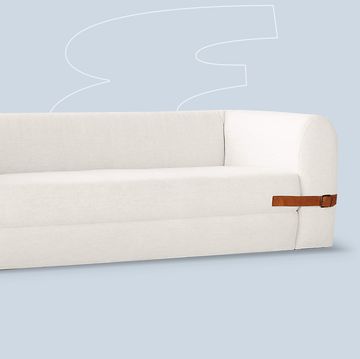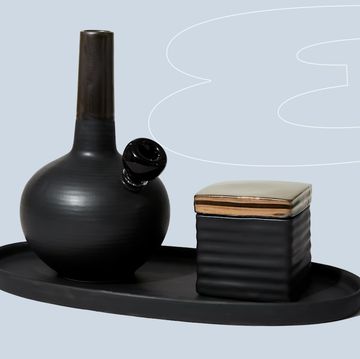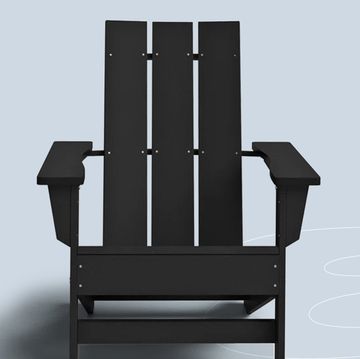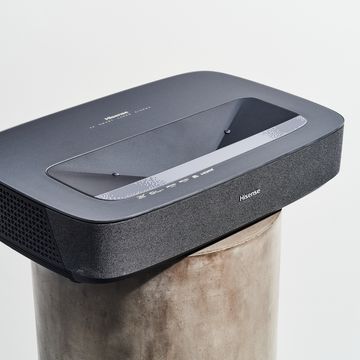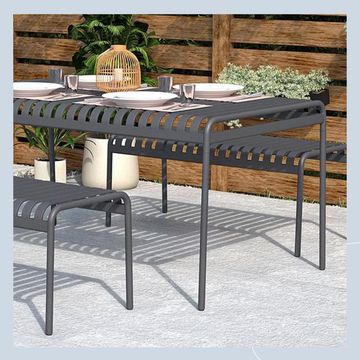Tis the season for snow and ice – only fun if you're a penguin or like to walk with an ice pick. For the rest of us, the big challenge is dealing with frozen precipitation once it hits the ground, especially if we want to be "eco friendly." These tips will help.
What's wrong with rock salt? Many consumers use rock salt to clear a path through the snow around their homes. But this is not ideal for the planet.
5 Problems With Salt
1. Excess salts build up in the soil, just as they do with chemical fertilizers.
2. Salt residue prevents plants from absorbing moisture and nutrients.
3. Salts can leach heavy metals, which eventually make their way into water supplies.
4. Salt on grass or sidewalks close to roads can attract animals, which may be hit by cars if they're licking the salt from the ground.
5. Plus, salt can burn our pets if it lodges in their paws.
Yes, salt does effectively melt snow. But is there a better way?
9 Eco-Friendly Ways to De-Ice Your Driveway
1. Shovel Snow
Minimize snow and ice by shoveling, and the sooner after snow stops falling, the better. If shoveling is too challenging for you, pay a neighborhood kid a few dollars to help.
2. Go Electric (if you must)
If you prefer to use a snow blower, get an electric model. Gas-powered blowers generate a lot more air and noise pollution
3. Try a "Snow Melt Mat"
If you're installing a new driveway or replacing an old one, lay down electric wires to heat the driveway from below and radiate heat upwards. Yes, you pay for electricity, so it's not as "eco" as shoveling by hand. On the other hand, it may be better than using chemicals that pollute the water and endanger plants and pets. It would cost someone living in the Washington, DC area (where I live) about $14 in electricity each time the system was used – though that doesn't include the cost of installing the system. Electricity costs will vary by region. (NOTE: I'm not recommending you tear up a perfectly good driveway to put in a snow melt system!)
4. Get a Grip
Scatter sand or even birdseed for traction. The grains won't melt snow or ice, but they will give you more grip on icy surfaces.
5. Scrimp on the De-icer
Remember, the job of a de-icer is to loosen ice from below to make it easier to shovel or plow. Don't pile on the de-icer thinking you'll remove the ice completely. You won't. The recommended application rate for rock salt is around a handful per square yard you treat. Calcium chloride will treat about 3 square yards per handful.
6. Pick Your Salt Carefully
If you do use salt, choose wisely. Sodium chloride (NaCL) may contain cyanide. Calcium chloride (CaCl) is slightly better since less goes farther, but it is still not ideal, since its run-off still increases algae growth, which clogs waterways. Potassium chloride is another salt to avoid. • Whatever you use, keep it away from landscape plants, especially those that are particularly salt-sensitive, like tulip poplars, maples, balsam firs, white pines, hemlock, Norway spruce, dogwood, redbud, rose bushes and spirea bushes.
7. Skip the Kitty Litter or Wood Ashes
Neither melts snow and ice, and they have a tendency to get messy when it warms up.
8. Avoid Products that Contain Nitrogen-Based Urea
They're more expensive and are not effective once the temperature drops below 20°F. Plus, the application rate for urea during a single deicing is ten times greater than that needed to fertilize the same area of your yard. Remember that the urea you apply to the ground will eventually run off into the street, down the drain, and into lakes and streams.
9. Get the Boot
Wear boots that have a solid toe and bottom treads to help increase your grip on icy surfaces.
Photo by Todd Numan


